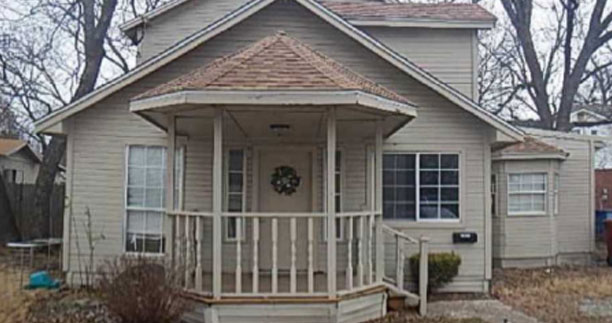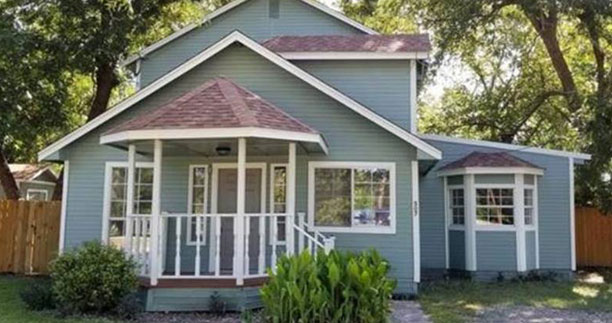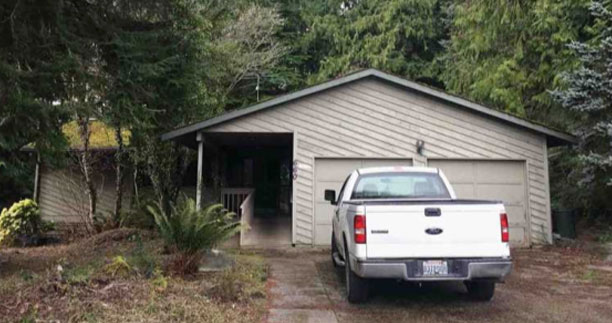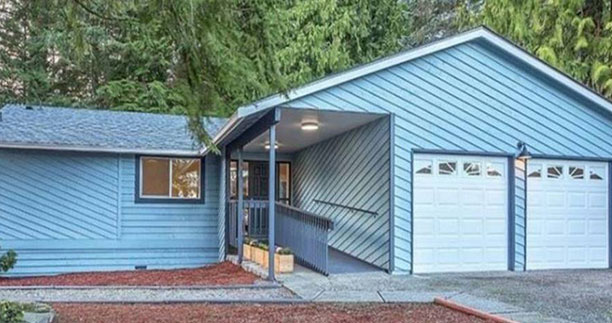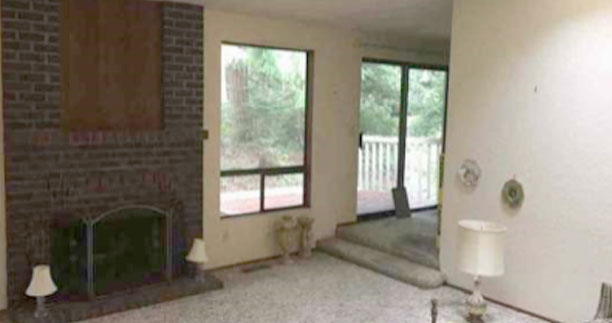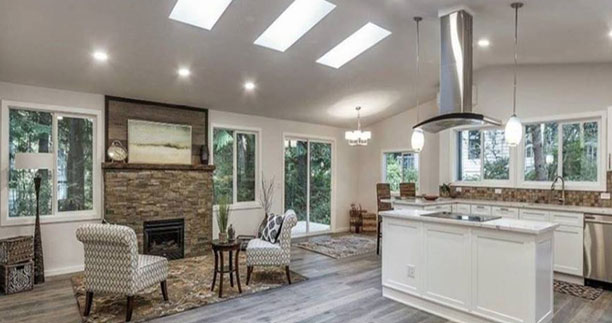Kitchen Hardware Update For Fix and Flip Property Rehab
Kitchen Hardware Update For Fix and Flip Rehab
Updating the kitchen hardware can be a relatively cost-effective way to freshen up the look of a kitchen in a fix and flip property. New hardware can instantly modernize and elevate the appearance of older cabinets. Here’s a detailed guide on how to approach a kitchen hardware update for a fix and flip property:
- Assessment:
- Existing Hardware: Examine the current hardware. Are they outdated, tarnished, or damaged? Do they fit the style of the kitchen you envision?
- Hole Spacing: Measure the distance between holes if the cabinets previously had handles or pulls. This will determine if you can use existing holes or if you’ll need to fill and drill new ones.
- Kitchen Style: Consider the overall style of the kitchen. Is it modern, traditional, farmhouse, etc.? Your hardware should complement this style.
- Budgeting:
- Determine a Budget: While hardware updates can be cost-effective, prices can vary widely based on material, brand, and design.
- Bulk Purchasing: Buying in bulk or sets can often reduce costs.
- DIY vs. Professional Installation: Depending on your skills, you might save money by installing the hardware yourself.
- Selection:
- Material & Finish: As previously detailed, choose materials and finishes that complement other kitchen elements, such as appliances, faucets, and light fixtures.
- Functionality: Ensure handles and knobs are easy to grip and use. This is especially important if you’re targeting demographics like families or older adults.
- Trends: While it’s essential to be aware of current design trends, also consider timeless designs that won’t quickly go out of style.
- Preparation:
- Filling Holes: If you’re switching from knobs to handles (or vice versa) or changing the size, you’ll likely need to fill existing holes. Use wood filler for wooden cabinets, then sand smooth and paint or finish as needed.
- Cleaning: Before installing new hardware, clean the cabinet doors and drawers thoroughly. This ensures a clean working area and might also help highlight any other areas needing attention.
- Installation:
- Tools Needed: Typically, a screwdriver or drill, measuring tape, and possibly a template for consistent placement.
- Consistent Placement: Ensure the hardware is placed consistently across all doors and drawers. This is where a template can be invaluable, especially for larger jobs.
- Safety: When drilling new holes, be cautious not to drill too deep, which might damage the front of the cabinet door or drawer.
- Staging:
- Highlight the Updates: When showing the property, ensure potential buyers notice the updated hardware. It’s a small detail that can demonstrate the care and attention given to the property’s renovation.
- Pair with Other Updates: If feasible, consider pairing your hardware update with other minor improvements like a fresh coat of paint, updated backsplash, or modern light fixtures. Together, these can significantly enhance the kitchen’s appeal without the need for a full remodel.
- Marketing:
- Photos: Ensure that listing photos highlight the freshened-up kitchen, focusing on the new hardware’s modern touch.
- Description: Mention the updated kitchen hardware in the property listing. While it might seem like a small detail, it can signal to potential buyers that the home has been updated and cared for.
Updating kitchen hardware for a fix and flip property is a strategic move that, when done right, offers a high return on investment. It can make a kitchen feel newer and more polished, attracting potential buyers and possibly increasing the property’s resale value.

